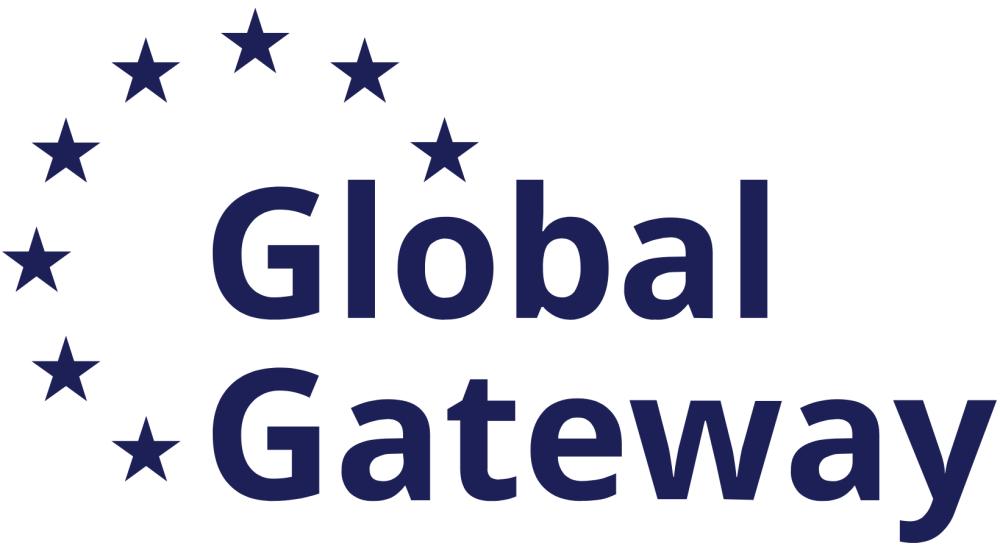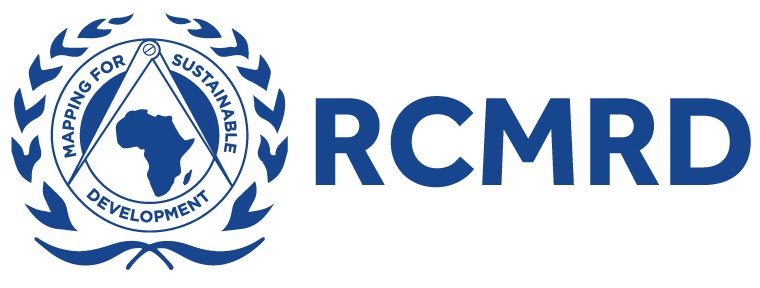 Translate
Translate
AFRICAN LEADERS GABORONE DECLARATION ON BIODIVERSITY
| Author: | AU and Member States |
| Language: | |
| Topic: | Conservation |
| Type: | Policy documents |
| Last updated: | 7 November 2025 |
The Gaborone Declaration on Biodiversity, adopted during the First Africa Biodiversity Summit on November 5, 2025, outlines commitments by African leaders to enhance biodiversity governance, conservation, and sustainable development across the continent. Below are the key points summarized:
Context and Importance
- Recognition of Africa's Biodiversity: Africa is home to over a quarter of global biodiversity, including forests, savannas, wetlands, and marine ecosystems that underpin agriculture, fisheries, tourism, and livelihoods.
- Biodiversity as a Strategic Asset: Biodiversity is affirmed as the backbone of Africa’s economies, essential for economic development, poverty reduction, and climate resilience.
- Threats to Biodiversity: Africa’s biodiversity faces severe threats from climate change, land degradation, pollution, and unsustainable exploitation, undermining food security, health, and economic prospects.
Commitments and Actions
-
Strengthening Governance:
- Update and harmonize policies, laws, and institutions to implement the African Union’s Biodiversity Strategy and Action Plan.
- Establish inter-ministerial committees for coherent implementation of biodiversity commitments.
- Develop accountability mechanisms to halt deforestation and land degradation by 2030.
-
Integration Across Sectors:
- Mainstream biodiversity considerations into agriculture, fisheries, forestry, mining, energy, tourism, and other sectors to align conservation with development objectives.
- Promote ecological justice by ensuring fair distribution of biodiversity benefits to local communities and Indigenous Peoples.
-
Conservation and Restoration:
- Expand transboundary conservation areas and protected areas to safeguard ecosystems and species.
- Commit to protecting 30% of the planet by 2030, as per the Kunming-Montreal Global Biodiversity Framework.
- Scale up ecosystem restoration to contribute to climate mitigation while preserving biodiversity.
-
Financing Biodiversity:
- Mobilize domestic and international financing, aiming to allocate at least 1% of GDP progressively towards biodiversity.
- Develop innovative financial instruments such as biodiversity credits, green and blue bonds, and payments for ecosystem services.
- Establish an African Biodiversity Fund to provide equitable financing for biodiversity initiatives.
-
Community and Knowledge Engagement:
- Ensure participation of local communities, women, and youth in biodiversity decision-making.
- Promote traditional knowledge and sustainable practices for biodiversity conservation.
- Strengthen technical regional centers and integrate them into continental governance to enhance science-policy interfaces.
-
Education and Capacity Building:
- Integrate biodiversity education into national curricula to cultivate ecological consciousness.
- Invest in science, technology, and innovation to bridge gaps in biodiversity monitoring and management.
-
Global Leadership and Collaboration:
- Advocate for Africa’s fair representation in international biodiversity decision-making bodies.
- Strengthen African Groups of Negotiators to champion common priorities in global biodiversity forums.
Implementation and Monitoring
- Quadrennial Reporting: The African Union Commission, in collaboration with UNEP and ECA, will prepare progress reports every four years to track implementation.
- Continental Coordination: Establish an Africa Biodiversity Coordination Mechanism to promote synergy across member states and regional initiatives.
Vision
The declaration envisions a prosperous Africa by 2063, where biodiversity is leveraged for shared prosperity, ecological balance, and economic sovereignty. It serves as a roadmap to restore harmony between people and nature while ensuring Africa’s sovereign right to determine its environmental destiny.
This declaration reflects Africa’s unified commitment to reversing biodiversity loss and harnessing its natural heritage for sustainable development.










